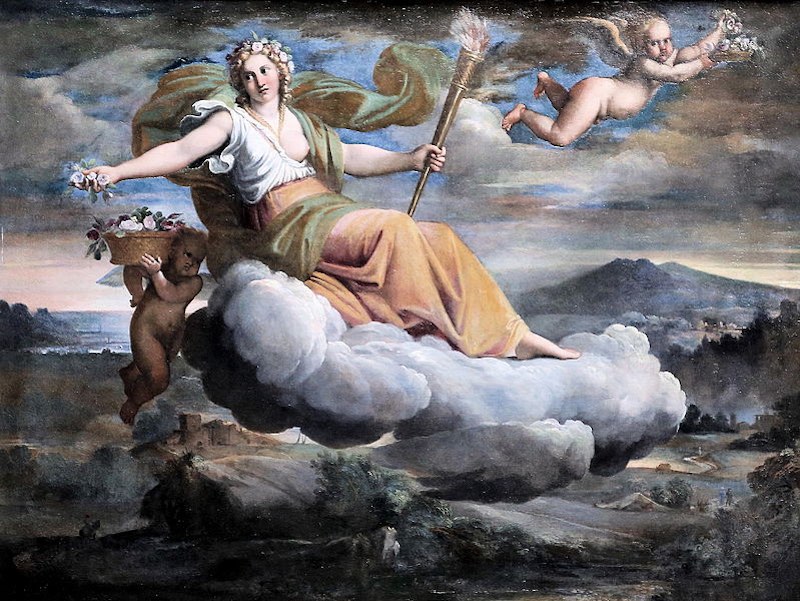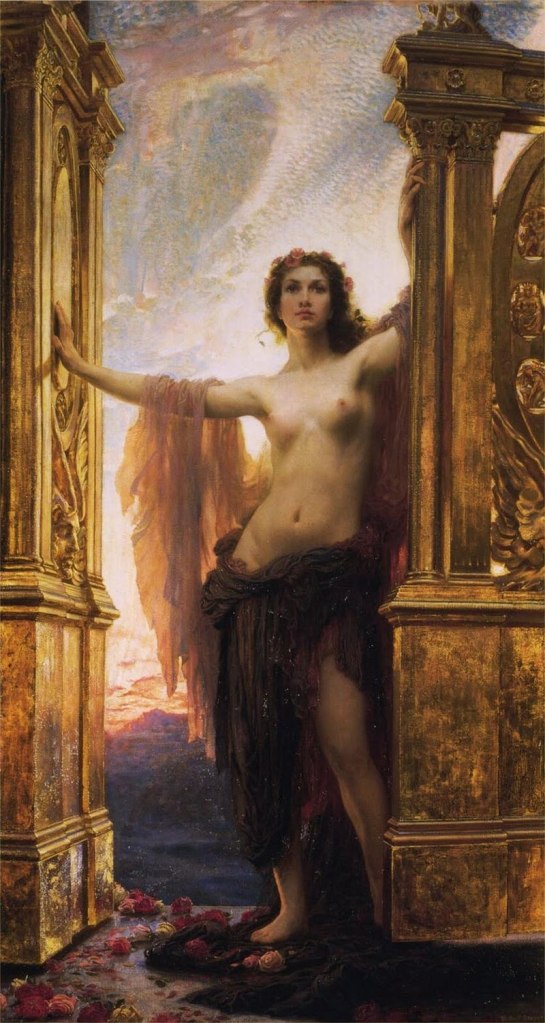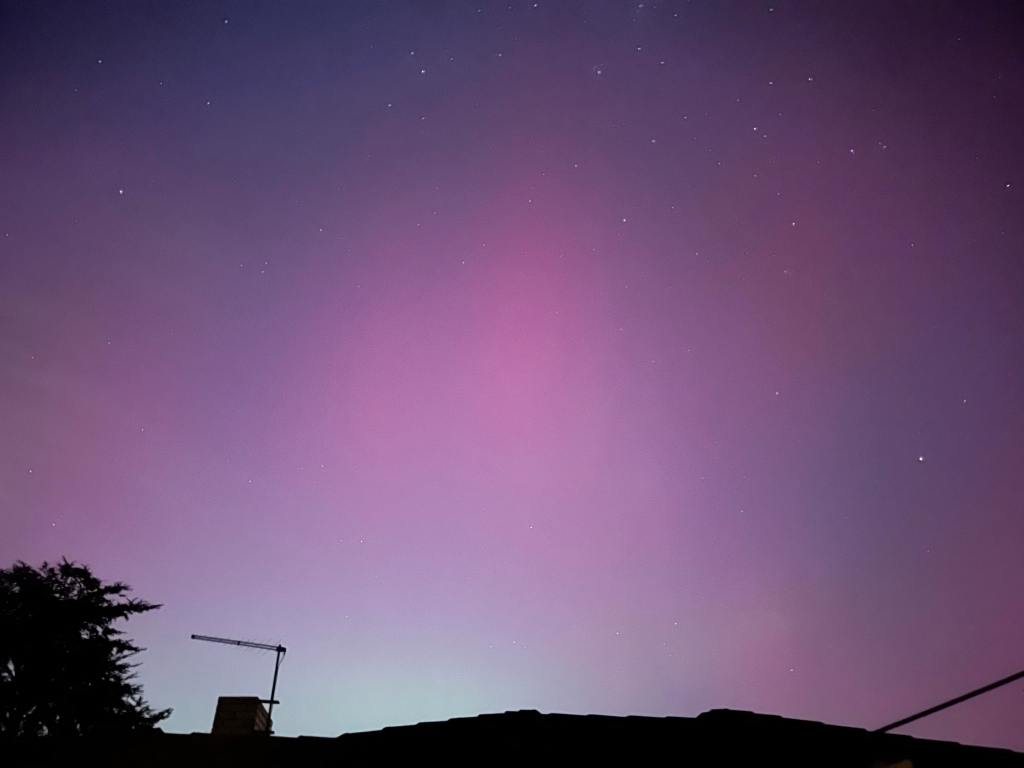“Dawn with a Torch Scattering Flowers” by Annibale Carracci
At the moment Auroras are illuminating the night sky in both hemispheres. This is due to a severe solar storm which has supercharged this stunning phenomenon with the incredibly inspiring ability to view it.
I have spoken to and seen friends post on social media, who have been in awe whilst viewing this magnificent occurrence all over the world, since Friday (10th of May 2024).
A comment a friend made to me on the phone said she felt like ancient man whilst looking up to marvel at the lights. This made me think about how ancients would of perceived this occurance and the connection they would have had magically and spiritually.
In my research I read up on the Indigenous view of the Aurora Australis and the various mythologies connected to the Aurora Borealis. This lead me to the Goddess Aurora whom I felt drawn to and whom I am going to honour with a rite in her name.
For my working I noted down some information on the Goddess Aurora I would like to share:
Who is Aurora?
Aurora is the Roman Goddess of Dawn whom within her multi coloured chariot traverses across the sky in the hours of the early morning to signal to her siblings that a new day is dawning.
Her siblings are Sol the Sun (Helios the Sun God) and Luna the Moon (Selene the Moon Goddess).
Aurora is also known as Eos in Greek mythology.
Her father is Pallas or Hyperion and her mother is Theia, therefore she is the daughter of Titans.
Aurora is the mother of the Anemoi – the four winds whose father is Astraeus, the father of the stars.
Aurora is connected to the Northern Lights which are also named Aurora Borealis (Northerly Light of Dawn) after her.
“The Gates of Dawn” by Herbert James Draper
What does Aurora do?
Aurora is the embodiment of the dawn and each morning she wakes from her home on the banks of the river Oceanus to disperse the darkness of night and deliver light to the land.
Image of Aurora Lights (Northern) by Pexels from Pixabay
Aurora’s Symbols
Chariots
Saffron
Cicada
Aurora’s Sacred Time
Dawn
Offerings to Aurora
Saffron and saffron coloured items such as linen
Ocean Water or Salt Water
Flames in forms of candle, fire pit or lamp.
Crystals such as fluoride.
Hymns to Aurora
Orphic Hymn LXXVII. To Aurora (Eos)
Hear me, O Goddess!
whose emerging ray leads on the broad refulgence of the day;
Blushing Aurora [Eos],
whose celestial light beams on the world with red’ning splendours bright:
Angel of Titan,
whom with constant round, thy orient beams recall from night profound:
Labour of ev’ry kind to lead is thine, of mortal life the minister divine.
Mankind in thee eternally delight,
and none presumes to shun thy beauteous sight.
Soon as thy splendours break the bands of rest,
and eyes unclose with pleasing sleep oppress’d;
Men, reptiles, birds, and beasts, with gen’ral voice,
and all the nations of the deep, rejoice;
For all the culture of our life is thine.
Come, blessed pow’r! and to these rites incline:
Thy holy light increase,
and unconfin’d diffuse its radiance on thy mystic’s mind.
Here is a version in Ancient Greek sung by Melissa of the Bees:
Image of Aurora Australis Lights over my home,
towards the end of the storm’s peak (11th May around 9.30pm)
If you can, I encourage you all to go outside into the night sky and see if you can glimpse the Aurora lights, as right now both hemispheres can see the Aurora Borealis (in the Northern Hemisphere) and Aurora Australis (in the Southern Hemisphere) for the next few days after sunset for a few hours (till Monday 13th May 2024). I would suggest to go somewhere where there is less artificial light and where you can take in the horizon without obstruction. Happy viewing!
Senebty
Setjataset
(C) T. Georgitsis 2024











